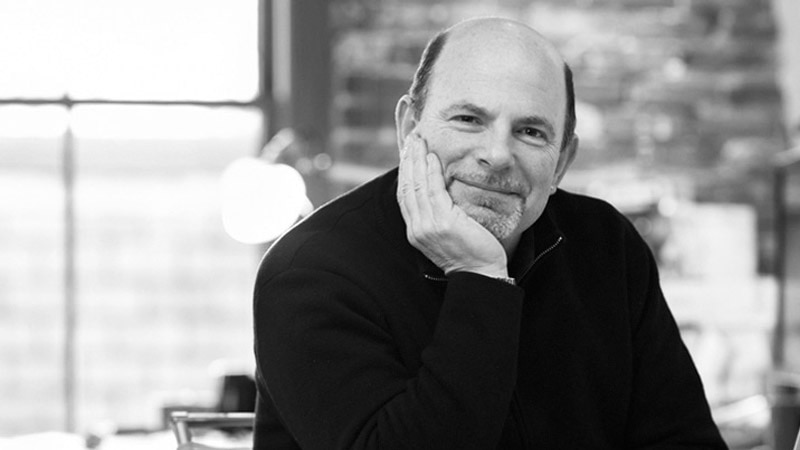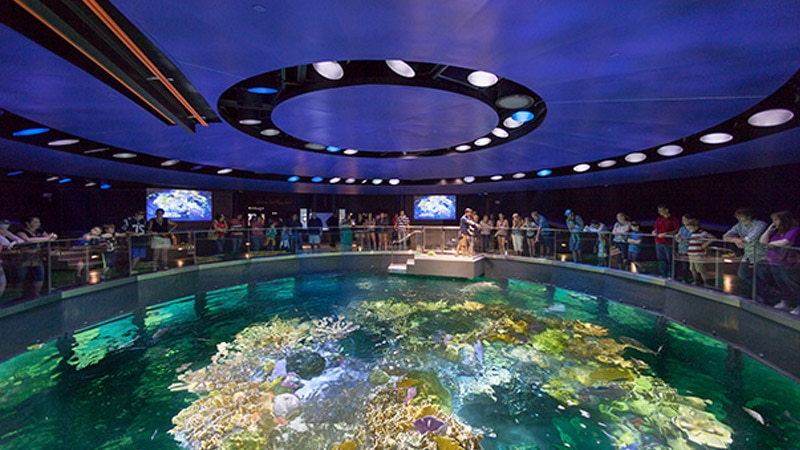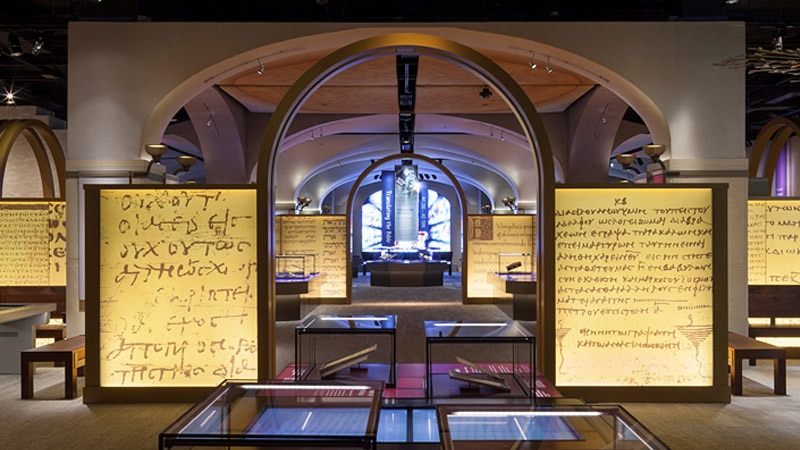When I share lighting inspiration with others, it’s almost always a picture or representation of natural light.”
Interview by Nick Bleeker and Chere Griffin

What steps do you take to maintain a fresh, new outlook on creativity?
When approaching a new project, we make an effort to avoid the same old ruts that can be easy to fall into; rather, we look to try something completely new or at least a novel twist on an old idea. Sometimes, a shred of a small concept turns into something of a hook for a whole project—that’s exciting! Nature is a huge source of inspiration. When I share a lighting inspiration with others, it’s almost always a picture or representation of natural light. We’re also inspired by understanding how others are using and thinking about light; not just other lighting designers but manufacturers, too. The process that product designers use in developing lighting products is a very different approach than how we think about applying light, but the end game is the same—to create compelling, creative and inspiring environments.
How often do you tweak or customize a lighting product?
It’s funny, it seems as if there’s an infinite number, variety and spectrum of products across the lighting universe, yet, I don't know that we've ever done a project of substantial size where we didn't ask a manufacturer for a “special.” Often it’s a modification of an existing fixture. We do that all the time in collaboration with manufacturers; when almost everything looks right, but if we could just manipulate the dimming curve or change one color output, or modify a louver to control the light a certain way, the luminaire would be perfect for a particular application.
How do you talk to clients about the importance of controls?
I use the example of how we throw garbage away. In the old days, if we had trash, be it a newspaper, plastic bottle or apple peel, we threw it in the same garbage can, easy as that. Now, when you throw something away, there’s a waste and recycling station with three, four or five bins vying for your attention. You have to analyze your trash to decide which bin to toss it into. The same is true with lighting control; it used to be easy, but now it’s dependent on other factors. The more granularity of control that you have, the better it is. Not only for energy consumption but also for ease of use of the space and for the enjoyment of the people in that space.

